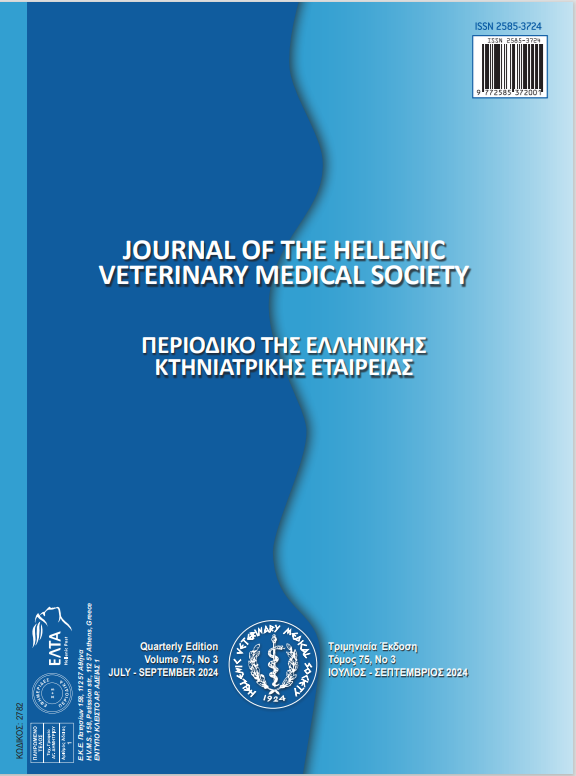Kaempferol and Isorhamnetin alleviate Lipopolysaccharide-Induced Anxiety and Depression-Like Behavioral in Balb/C Mice

Abstract
The etiology of anxiety and depression is linked to inflammation and oxidative stress. Isorhamnetin and Kaempferol are strong antioxidants with antiinflammatory and neuroprotective properties. This study, it was aimed to investigate the effect of Kaempferol and Isorhamnetin in Lipopolysaccharide (LPS)-induced anxiety and depression model in mice. Thirty Balb/C mice were divided into six groups of five mice each weighing 25-35 gr. Kaempferol (50 mg/kg and 100 mg/kg) and Isorhamnetin (30 mg/kg and 60 mg/kg) were given orally to the treatment group, and the vehicle was given to the control and LPS groups for fourteen days, followed by intraperitoneal (0.83 mg/kg) LPS injection (control group excluding) on the fifteenth day. Kaempferol and Isorhamnetin ameliorated LPS-induced anxiety evaluated by open field test, light/dark test, and elevated plus maze test, and LPS-induced depression evaluated by forced swimming test and tail suspension test. Kaempferol and Isorhamnetin alleviated LPS-induced increased oxidative stress in the prefrontal cortex and hippocampus by decreasing MDA and total oxidant status (TOS) levels and increased total antioxidant status (TAS) levels. In addition, it was observed that Kaempferol and Isorhamnetin regulated the increase in prefrontal and hippocampal inflammation caused by LPS by decreasing TNF-α, IL-1β, and IL-6 levels. Most importantly, LPS reduced prefrontal and hippocampal brain-derived neurotrophic factor (BDNF) levels, but the treatment groups reversed it. These results show the possible therapeutic potential of Kaempferol and Isorhamnetin, along with the importance of oxidative stress, inflammation, and BDNF in the etiopathogenesis of anxiety and depression.
Article Details
- How to Cite
-
Ekici, M., Güngör, H., & Mert, D. (2023). Kaempferol and Isorhamnetin alleviate Lipopolysaccharide-Induced Anxiety and Depression-Like Behavioral in Balb/C Mice. Journal of the Hellenic Veterinary Medical Society, 74(2), 5749–5760. https://doi.org/10.12681/jhvms.30232 (Original work published July 5, 2023)
- Issue
- Vol. 74 No. 2 (2023)
- Section
- Research Articles

This work is licensed under a Creative Commons Attribution-NonCommercial 4.0 International License.
Authors who publish with this journal agree to the following terms:
· Authors retain copyright and grant the journal right of first publication with the work simultaneously licensed under a Creative Commons Attribution Non-Commercial License that allows others to share the work with an acknowledgement of the work's authorship and initial publication in this journal.
· Authors are able to enter into separate, additional contractual arrangements for the non-exclusive distribution of the journal's published version of the work (e.g. post it to an institutional repository or publish it in a book), with an acknowledgement of its initial publication in this journal.
· Authors are permitted and encouraged to post their work online (preferably in institutional repositories or on their website) prior to and during the submission process, as it can lead to productive exchanges, as well as earlier and greater citation of published work.



